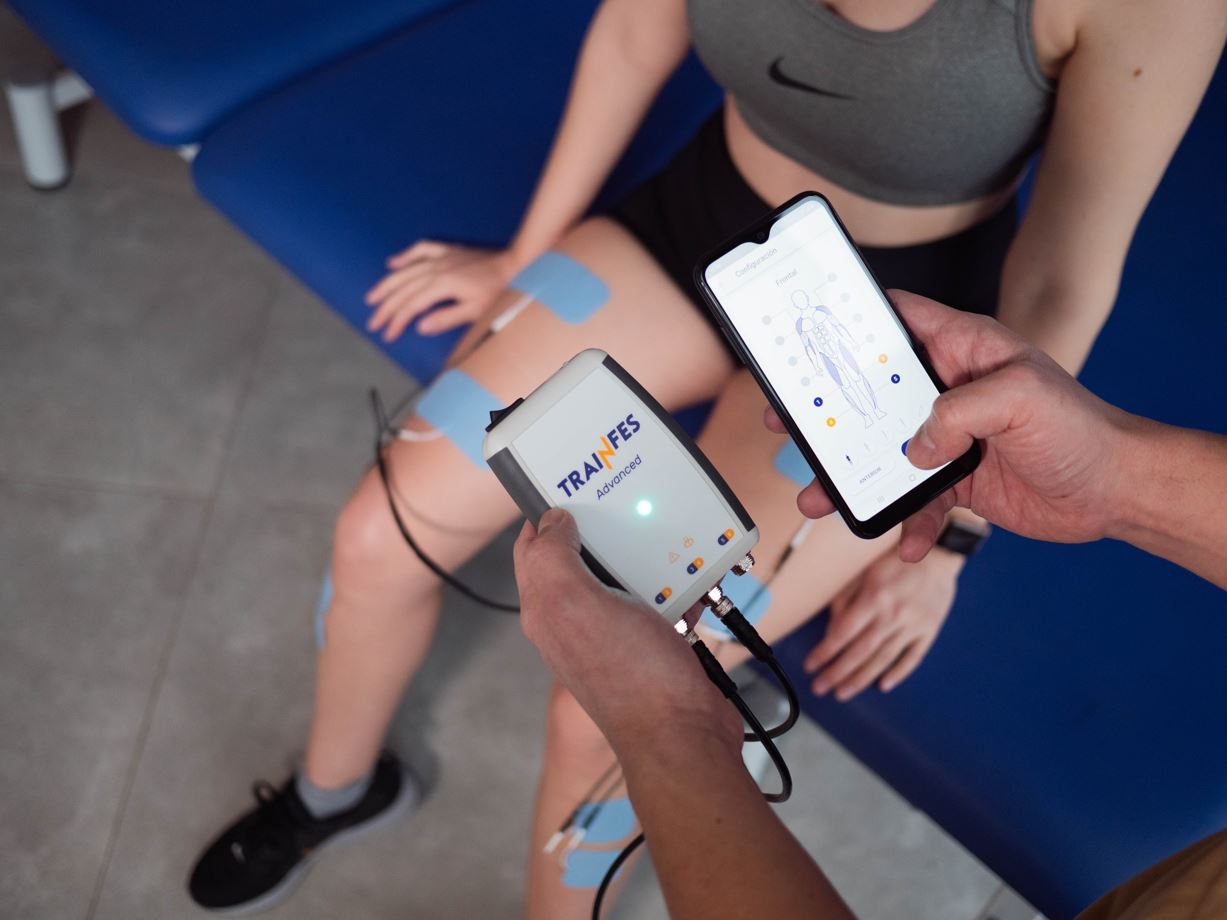What is a spinal cord infarction and what are your rehabilitation options?
A spinal cord infarction occurs when there is a reduction in blood flow within the spinal column, i.e., as a result of ischemia originating in an extravertebral artery.
Spinal cord injuries can have different causes. The largest percentage of these are caused by automobile accidents, sports injuries, falls or assaults, and their sequelae involve varying degrees of motor paralysisThe sequelae involve varying degrees of motor paralysis, impairment of metabolic functions and difficulty in carrying out daily activities, with the impact that this can also have on mental health.
In addition to external risk factors, these can also occur due to a marrow infarction.
A spinal cord infarction occurs when there is a reduction in blood flow to the interior of the spinal column, i.e., as a result of ischemia originating in an extravertebral artery.
According to the Journal of Neurologyspinal cord infarcts are extremely rare, accounting for 0.3 to 1% of all cases of stroke or cerebrovascular accident (CVA).
The Cuban Journal of Neurology and Neurosurgery points out that the timely detection of spinal ischemia through neurological examination and imaging combined with early through neurological examination and imaging, combined with early interventions to increase spinal cord perfusion, is crucial for effective treatment or reversal of the motor deficit.
Gradual improvement after spinal cord spinal cord infarction is common and may continue long after discharge from the hospital, while the patient receives rehabilitation.
Causes and consequences
Because collateral circulation for the anterior spinal artery is scarce in some places, certain spinal cord segments are especially vulnerable to ischemia.
The injury to a nutritional artery extravertebral or aortic artery (due to atherosclerosis, dissection or impingement during surgery) produces an infarction more frequently than intrinsic disorders of the spinal arteries.
The first symptom of spinal cord infarction is usually sudden pain in the dorsum with circumferentially radiating tightness, followed within minutes by bilateral flaccid weakness and loss of sensation.
Rehabilitation of spinal cord injury
When a person suffers a spinal cord spinal cord injuryIt is necessary to begin a rehabilitation process to optimize recovery and, depending on its severity, to adapt to a new way of life.
A team of comprehensive rehabilitationwhich includes physiatrists, kinesiologists, occupational therapists and speech therapists, must work together with the patient to find the most appropriate treatment for the patient:
- Improve physical, mental and emotional functioning
- Meeting your needs as they evolve
- Provide emotional support
- Provide education and resources specific to spinal cord injury.
- Helping to successfully return to social and community activities
TrainFES Treatment Options
A spinal cord injury involves physical, emotional and social changes due to its motor sequelae.
However, and as we will see below, the methodology methodology TrainFES methodology has made it possible to treat many patients with good results after one year.
TrainFES medical professionals TrainFES evaluate each case to define the indicated treatment according to the spinal cord injury, with a program that mixes technological technological innovation with the permanent accompaniment the person during the whole process.
The patient will be provided with a personalized rehabilitation process according to his or her needs, which may include:
- Evaluation with a physiatrist.
- Evaluation with neurorehabilitation kinesiologist.
- Pelvic floor kinesiology evaluation.
- Follow-up sessions of neurological kinesiology, pelvic floor and occupational therapy.
- Rehabilitation counselling with the aim of supporting and optimising the overall rehabilitation process of each user.
Mobility and quality of life
TrainFES is a neurorehabilitation methodology unique in the world, which combines daily training with innovative technologies to obtain better therapeutic results in less time. better therapeutic results in less time thanks to the continuity of treatment.
The functional electrostimulation (FESwhich consists of painless electrical pulses that seek to activate the muscles, is used in conjunction with exercises planned and guided by the professional team, with a focus on improving the quality of life of users by advancing mobility or recovering metabolic functions.
In general terms, the main objectives of rehabilitation are:
- Obtain metabolic benefits: Avoid atrophy and secondary diseases, improving quality of life and life expectancy.
- Regain or increase voluntary control and functionality: this is possible only in incomplete and discomplete injuries.
The joy of walking again
María Alejandra Retamal suffered a spinal cord injury after a traffic accident in April 2019, and the medical prognosis was that she would not be able to move her legs and, therefore, would not walk again.
Despite the initial shock, María Alejandra did not give up and in 2020 she reached TrainFES and started a new neurorehabilitation therapy that would help her to train every day from home, hand in hand with the quarantine that ruled in those times of pandemic.
After two years of a remote neurorehabilitation process, in which he achieved advances such as standing up with assistance and initiating therapeutic walking, he came to be treated in person at the TrainFES Center to be able to take his first steps without the help of functional electrostimulation.
"At first I was bedridden, but thanks to TrainFES I can now walk on a donkey. on a donkey. I am happy," she says.
For Camila Zúñiga, TrainFES allowed her to begin a new rehabilitation process after eight years of treatment following an incomplete spinal cord injury. incomplete spinal cord injuryThis allowed some of the pathways leading from the brain to the extremities to maintain the ability to relearn certain lost functions, thanks to what is known as neuroplasticity.
With a diagnosis of spastic tetraparesis (i.e. he could no longer move his arms and legs), thanks to the opportunity provided by TrainFES and his perseverance, has regained the ability to walk around her without the help of functional electrostimulation, supported by a walker.
"I am becoming more and more independent and advancing in walking and I am happy for all that I have accomplished and all that I have advanced. My world is full of hope," she says.
TrainFES is the best comprehensive rehabilitation alternative for people with motor paralysis or other sequelae of a heart attack or spinal cord injury.
The pioneering programThe pioneering program, in addition to personalized treatment, trains and accompanies the user to maintain a permanent activity with a view to his or her longed-for rehabilitation, has enabled thousands of people to improve their quality of life. thousands of people to improve their quality of lifeThis has allowed thousands of people to improve their quality of life, either by recovering lost movements, obtaining metabolic benefits (such as avoiding atrophies and secondary diseases) or by returning to daily tasks.
I want more information
Recommended Publications
Stroke rehabilitation options
The after-effects of a stroke range from muscle weakness on one side of the body to loss of the ability to swallow. Time is of the essence, so the ideal is to begin early rehabilitation before these problems become chronic.
Main differences between ischemic and hemorrhagic stroke
Why is it so important to correctly diagnose the type of stroke a person has?
Speech therapy techniques for speech therapy
Among the sequelae that can result from a stroke or head injury is aphasia, a disorder that affects the way a person communicates and requires special treatment, in which speech therapists are essential.





